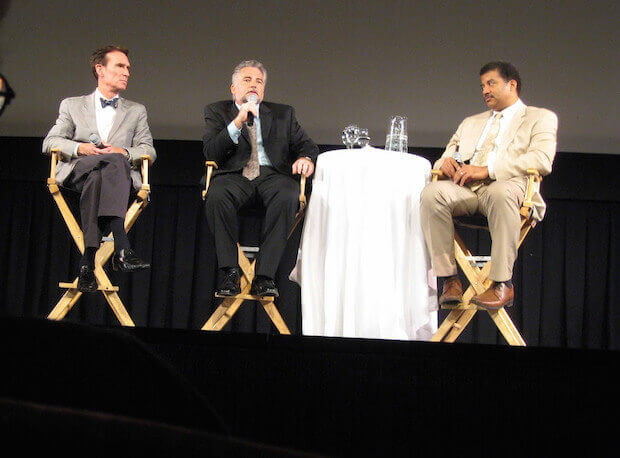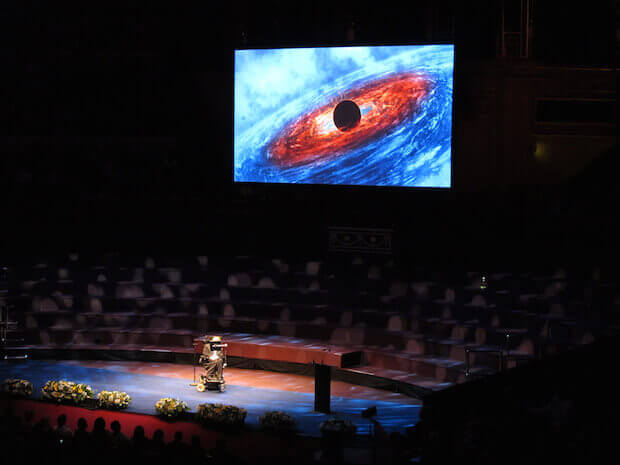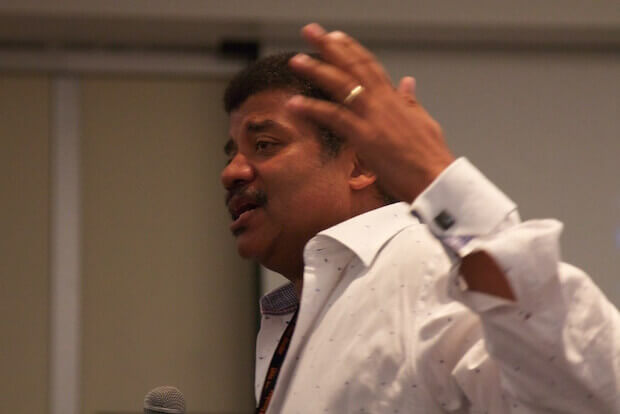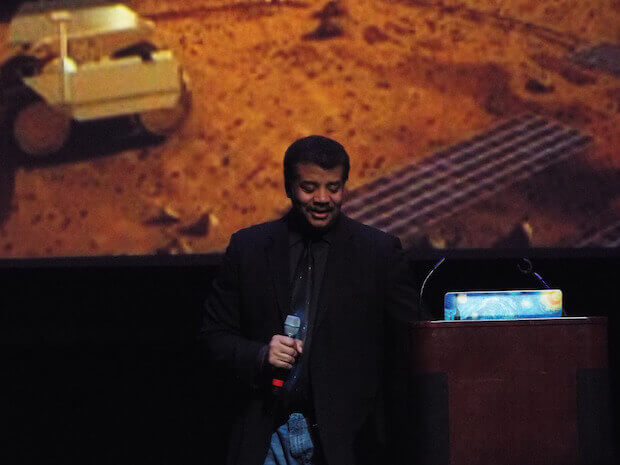
Colour science lessons can be fascinating. This is because colour as we know it is not all of what meets the eye. There is a lot to understand about colour too, and how it affects us as humans.
In this article we will discuss the ways in which a tutor, teacher or parent can give colour science lessons.
Teach kids about the prism of light and its colours
Light is very important when it comes to understanding colour. We see many colours as a result of light reflections and absorptions in objects. And, ‘white’ light is actually made up of several colours. This was first discovered by Isaac Newton. According to the Smithsonian Libraries,
“By scientifically establishing our visible spectrum (the colors we see in a rainbow), Newton laid the path for others to experiment with color in a scientific manner. His work led to breakthroughs in optics, physics, chemistry, perception, and the study of color in nature.”
Also according the Smithsonian Libraries link above, the electromagnetic radiation that is visible to us are the colours of the rainbow. You can do experiments with kids to teach them about the colours of the rainbow through a homemade prism.
However, this implies that there are types of electromagnetic radiation we can not see. This includes radio waves, for instance, which enable our cell phones to call each other. As a teacher, you can use this as an opportunity to delve into a science lesson about radiation and wavelength frequencies.
Colour can explain science
Colour is not just pretty! It has a lot to do with the way our natural world is formed, in our own view. One practical way colour is used in science is with the Hubble Telescope, which actually takes black and white photos, even though its universe pictures are often shown to us in enhanced colour. How do they do this? What decides the colours in the images taken by the telescope? This would be a great lesson on colour filters, aside from only using prisms.
We’ll give more examples of colour in science learning below.
Teach kids about colour being subjective
Taking the concept of the above, that colours visible to us are the colours available on one wavelength, we can teach more colour science lessons. Here are ways to teach kids about colour giving us each our own subjective experience.
“The Dress” phenomenon
In 2015, the Internet went wild over “The Dress.” Someone published a photo online of a dress that looked gold and white to some, and blue and black to others. How could this be? No one could understand how anyone else could see something differently than they were seeing it.
This is a fun science lesson about colour and how our brains perceive colour. It’s called “colour constancy,” and has to do with the context in which we, as individuals, are seeing an object.
This video by ASAP Science explains the science of “The Dress” phenomenon, which you can show to your students, as a great example of how colour constancy works:
What Colour Is This Dress? (SOLVED with SCIENCE)
See related on our blog:
Optical illusions: A hands-on science activity for kids
How animals see colour
Did you know that animals can see colour differently than humans? Here is an app, and examples, that help you see the world with the colours your dog’s eyes use.
Colour blindness in children
We wrote about this on our blog before, and if you’re concerned about a child’s ability to see colours correctly, we encourage you to have a look:
Kid’s health: Helping kids with colour blindness
Teach kids about colour theory in paint and colour mixing on screens
Now this is fun: how do we make all the many colours we see at the paint store, or on TV, or in our natural world? Surely, there are more shades of red than we see in the rainbow, right? Exactly. This is where the science of colour mixing comes into play – and it can be a complicated mathematical equation!
And, here is a great colour wheel that you can create with students, from Steve Spangler Science, to show how colour mixing works with primary colours:
Color Mixing Wheel – SICK Science!
In addition, here is a resource full of colour science lessons and activities to teach kids about the way colours work together to give us the world we see.
This resource gives a comprehensive lesson on colour, where painting and colour theory is used. It explores the colour wheel, colour identification and colour vocabulary in art.
Here is a paint mixing guide by WikiHow.
Teach kids the difference between types of colour sequences: CMYK, RGB, ROYGBIV, primary colours and secondary colours
You’ll often hear colour sequence abbreviations used in the ‘real world.’ To make a colour science lesson practical, you can teach kids about how and why these sequences are used, and in what contexts.
CMYK (cyan, magenta, yellow, black) and RGB (red, green, blue) are often referred to in design and print. When creating screen material, RGB is used. When creating print material, CMYK is used. Here is more on this subject.
ROYGBIV are the colours of the rainbow, used to talk about the light prisms noted above. This was Isaac Newton’s discovery.
Primary colour and secondary colours produce tertiary and complementary colours. This is all about mixing colours in pigments found in paint and dye. The terminology here is based on a difference sequence in colour science than the rainbow colours. The Smithsonian Libraries link above talks about how this sequence came about.
Combine a colour science lesson with psychology
Colour can affect us as humans in more ways than mere aesthetics or symbolic understandings. Some studies have made claims that science can affect our creativity, our actions and our feelings. In the practical world, people can use this information in marketing and design, and to elicit purposeful responses in others.
See this article for more on this subject to teach kids about colour science and psychology:
The Science Behind Color and Emotion
To conclude: colour science lessons can go in many directions
As we’ve seen above, colour science lessons can take you down different paths with your students. We haven’t yet discussed camouflage for instance! Plus, each of these colour lessons can veer into subjects outside science, such as art or history. We encourage you to take on these multi-faceted lessons, and show kids that colours are far from a boring subject to learn about!










